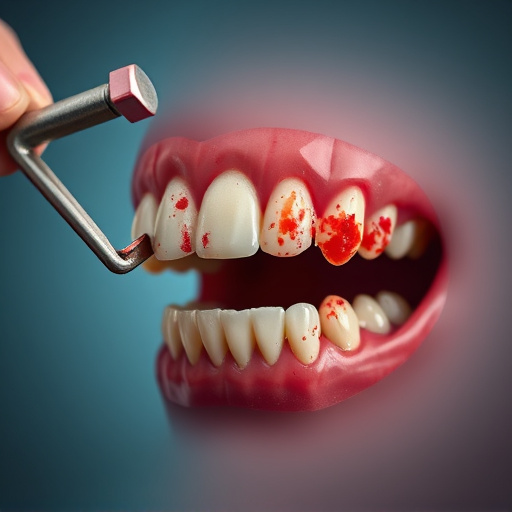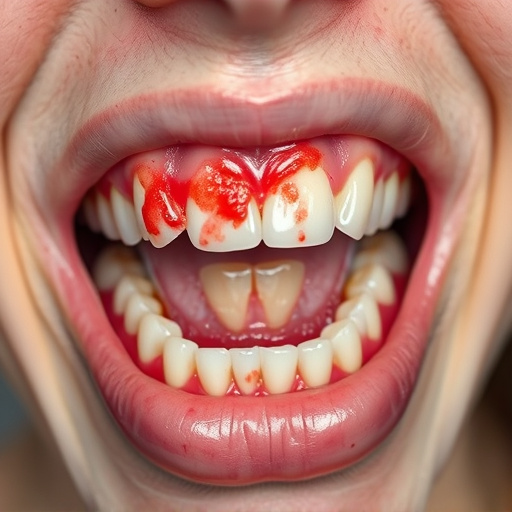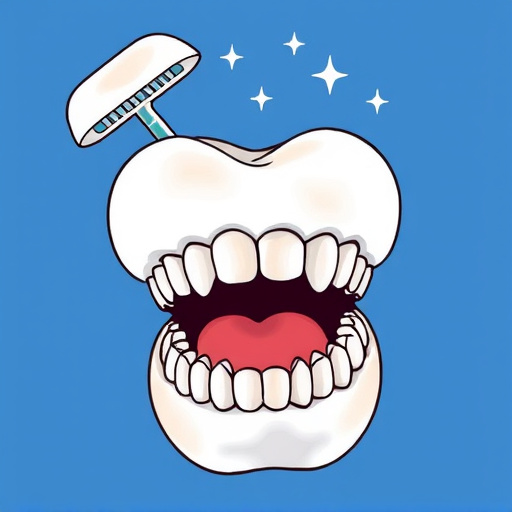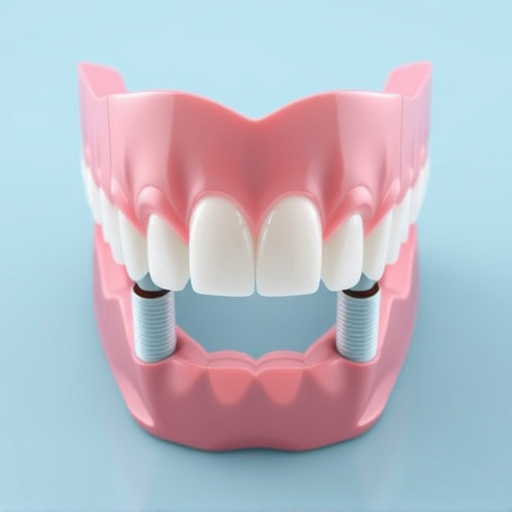Gum disease, caused by bacterial growth and poor hygiene, can be reversed in early stages through improved dental care and cleanings. Severe cases may require advanced procedures like deep cleaning, gum surgery, or bone grafts to address recession, loose teeth, and tooth loss. Early detection through routine exams and proper oral hygiene at home is crucial for preventing progression to periodontitis. Surgical interventions like osseous and flap surgery, along with regenerative techniques, offer healing paths for severe cases, especially with significant bone loss.
Gum disease, a silent yet serious oral health issue, affects millions. This comprehensive guide delves into the world of gum disease treatment, offering insights for both early and advanced stages. Understanding the causes and symptoms is key to prevention and timely intervention. From non-invasive procedures for mild cases to surgical interventions and regenerative therapies for severe gum disease, explore effective treatments available today. Discover how you can achieve healthier gums and a brighter smile.
- Understanding Gum Disease: Causes and Symptoms
- Treatment Options for Early Stage Gum Disease
- Advanced Stage Gum Disease: Surgical Interventions and Regenerative Procedures
Understanding Gum Disease: Causes and Symptoms

Gum disease, a common oral health issue, refers to inflammation and infection of the gums. It starts with bacterial growth in the mouth, often due to poor oral hygiene, leading to plaque buildup. If left untreated, this can harden into tartar, irritating the gumline and causing symptoms like bleeding gums, swelling, and bad breath. Advanced stages may result in gum recession, loose teeth, and even tooth loss.
Effective gum disease treatment depends on the severity. In early stages, aggressive oral hygiene practices through routine dental cleanings and improving preventive dentistry can reverse the condition. Tooth repair procedures might be needed for more severe cases, including deep cleaning, gum surgery, or even bone grafts to regenerate lost tissue.
Treatment Options for Early Stage Gum Disease

In the early stages of gum disease, also known as gingivitis, treatment options focus on reversing the inflammation and preventing further damage. The primary approach involves a thorough cleaning procedure called scaling and root planing, where dental professionals remove plaque and tartar buildup from above and below the gumline. This process not only eliminates irritants but also smooths the tooth roots, encouraging the gums to heal and reattach securely to the teeth. Routine oral exams play a crucial role in early detection, allowing dentists to identify gingivitis before it progresses.
Additionally, improving oral hygiene practices at home is essential. Patients are often advised to adopt a consistent brushing and flossing routine, using appropriate techniques to ensure plaque removal. Antibacterial mouth rinses may also be recommended as an adjunctive therapy. In some cases, especially for children’s dentistry, early intervention through routine check-ups can prevent the escalation of gum disease. Even wisdom tooth removal, when necessary, can contribute to maintaining oral health and preventing gingivitis from advancing to periodontitis.
Advanced Stage Gum Disease: Surgical Interventions and Regenerative Procedures

In advanced stages of gum disease, when significant tissue damage has occurred, surgical interventions and regenerative procedures become necessary components of gum disease treatment. These advanced treatments are designed to address deep periodontal pockets, damaged bone structures, and lost soft tissues. One common procedure is osseous surgery, which involves removing diseased bone and re-shaping the bone to promote healing and allow for better access during teeth cleaning. This can be combined with flap surgery, where a small section of gum tissue is lifted back to expose the tooth root, making it easier to thoroughly clean the area and remove any calcified plaque or tartar.
Regenerative procedures such as gum grafting and bone grafts are also crucial for restoring the natural architecture of the gums. Gum grafting involves taking healthy gum tissue from another part of the mouth and transferring it to the affected areas to cover exposed roots and promote new, healthy tissue growth. Bone grafts, on the other hand, replace lost bone material with a synthetic or donor bone substitute, providing a foundation for regrowth and improving overall gum disease treatment outcomes, especially in cases where significant bone loss has occurred.
Gum disease is a common yet serious oral health issue that can be managed effectively through proper understanding and timely intervention. Early detection of symptoms like gingivitis can prevent its progression to advanced stages, where surgical treatments and regenerative procedures become necessary. Fortunately, various treatment options are available for both early and advanced gum disease, offering hope for improved oral health and a bright smile. Remember, regular dental check-ups and adopting good oral hygiene practices are key to effective gum disease treatment and overall oral wellness.














